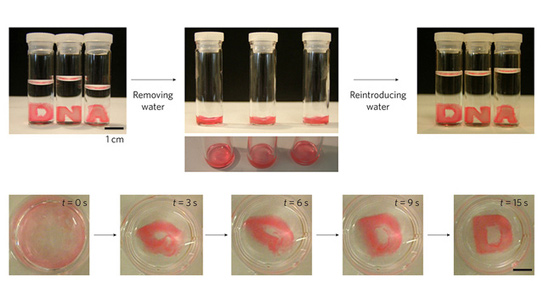
Hydrogels made in the form of the letters D, N and A collapse into a liquid-like state on their own but return to the original shape when surrounded by water. Credit: Luo Lab
A new metamaterial created by researchers at Cornell University, is soft enough that it can flow like a liquid, but can then it can return to its original shape.
The scientists published their findings in the journal Nature Nanotechnology. The hydrogel is a mesh of organic molecules, with many small empty spaces, allowing it to absorb water like a sponge. It could be the first organic metamaterial with mechanical meta-properties.
Hydrogels have already been considered in the use of drug delivery, since the spaces can be filled with drugs that release slowly as the gel biodegrades inside the body. The ability to form a gel into a desired shape allowed the researchers to further expand the possibilities. This could be used as frameworks for tissue rebuilding and a drug-infused gel could be formed so that it fits exactly inside a wound.
The hydrogel is made of synthetic DNA, which could serve as a building block for self-assembling materials. Single strands of DNA lock onto other single strands that have complementary coding. By synthesizing DNA with carefully arranged complementary sections, Dan Luo’s team at LuoLabs created short strands that link into shapes like crosses, which in turn join at the ends to form mesh-like structures resulting in the first successful all-DNA hydrogel. The new approach uses synthetic DNA mixed with enzymes that cause DNA to self-replicated and extend into long chains, making DNA hydrogels without DNA linkages.
The entanglement produces a 3-D network, which resulted in a hydrogel that could flow like a liquid, but when placed in water, returned to the shape of the container in which it was formed. Examination under an electron microscope has shown that the material is made up of tiny spherical bird’s nests of tangled DNA, about 1 micron in diameter, further entangled to one another by longer DNA chains.
It has an inherent shape but can be stretched and deformed. The exact processes at work behind this are still being investigated by researchers but it’s been theorized that the elastic forces holding the shape are so weak that a combination of surface tension and gravity overcomes them as the gel begins to sag into blob. When immersed in water, the surface tension is nearly zero, so buoyancy cancels out gravity.
Reference: “A mechanical metamaterial made from a DNA hydrogel” by Jong Bum Lee, Songming Peng, Dayong Yang, Young Hoon Roh, Hisakage Funabashi, Nokyoung Park, Edward J. Rice, Liwei Chen, Rong Long, Mingming Wu and Dan Luo, 2 December 2012, Nature Nanotechnology.
DOI: 10.1038/nnano.2012.211

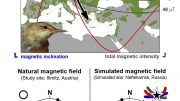
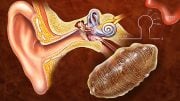
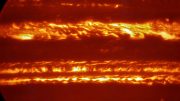
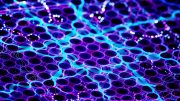

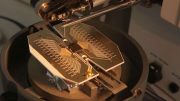


Be the first to comment on "Shape-Remembering Hydrogels Made Out of Synthetic DNA"